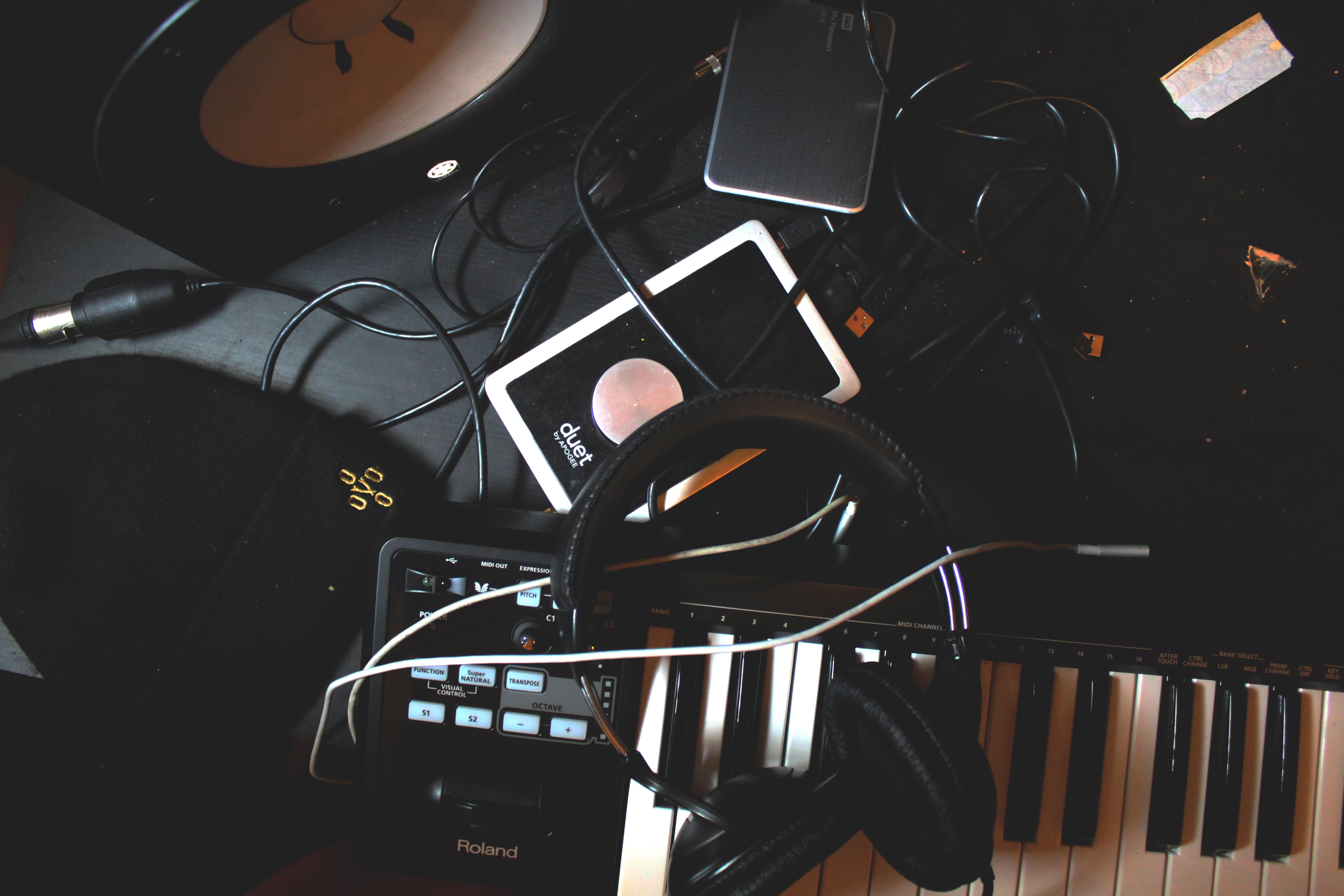Music is a powerful tool that enhances the impact of creative projects, such as films, videos, games, and advertisements. However, when it comes to using music in your projects, understanding music licenses is essential to ensure legal compliance and respect for the rights of artists and composers. Now I will show everything you need to know about music licenses, including the different types of licenses, their purposes, and how to obtain them.

What is a Music License?
A music license is a legal agreement that grants permission to use a specific piece of music in a defined manner. It outlines the rights, restrictions, and conditions under which the music can be used, allowing the licensee (the individual or entity using the music) to utilize the music while respecting the rights of the copyright holder.
Types of Music Licenses:
a) Sync License: A sync license grants permission to synchronize music with visual content, such as films, TV shows, commercials, or video games. This license allows the music to be played alongside specific scenes or events, creating a cohesive audio-visual experience.
b) Mechanical License: A mechanical license is required when reproducing or distributing a copyrighted musical composition. This license is typically needed for producing and distributing physical copies of music, such as CDs or vinyl records, or for digital distribution, including downloads and streaming.
c) Performance License: A performance license grants the right to publicly perform a copyrighted musical work. This license is necessary for live performances, concerts, broadcasts, background music in public spaces, or streaming music on the internet.
d) Master Use License: A master use license is required when using a specific recorded version of a song, often known as the "master recording." This license grants permission to use the actual recording owned by the copyright holder.
e) Public Domain: Music in the public domain is not protected by copyright and can be used freely without a license. Public domain music includes compositions whose copyright has expired or music that was never eligible for copyright protection.
f) A royalty-free license allows you to use copyrighted music without the need to pay ongoing royalties for each use. This type of license usually involves a one-time payment or fixed license fee and grants you the rights to use the music within specific terms and conditions.

Obtaining a Music License:
a) Rights Clearance: To obtain a music license, you must first identify the rights holders of the composition and recording you wish to use. This involves contacting the copyright owner or their designated representative, such as a music publisher or record label, to negotiate and secure the necessary license.
b) Music Libraries and Royalty-Free Options: Alternatively, you can explore music libraries and royalty-free platforms that offer pre-cleared music tracks. Platforms like 500Audio, epidemicsound, artlist, provide ready-to-use music with clear licensing terms, eliminating the need for individual rights clearance. Royalty-free music typically involves a one-time payment or fixed license fee, granting the licensee the right to use the music without additional royalties.